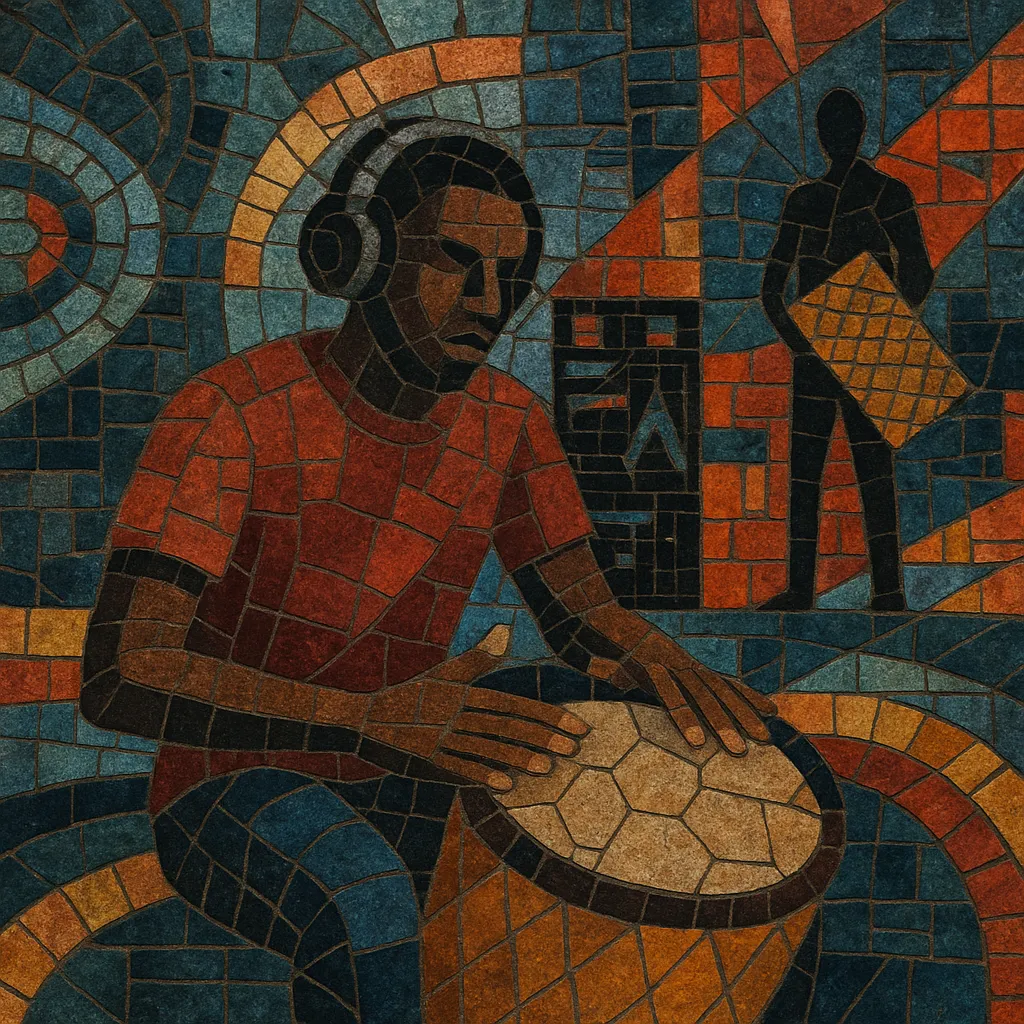Maloya électronique is a modern fusion that blends the ceremonial, drum‑led trance of Réunion Island’s maloya with contemporary electronic production. It keeps the heartbeat of kayamb shakers and roulèr drums, then frames them with synths, drum machines, bass design, and studio processing.
Producers typically sample or record traditional ensembles, re‑contextualizing call‑and‑response vocals and ritual rhythms into club‑ready patterns. The result ranges from earthy and percussive to hypnotic and widescreen, but it always centers the groove and social voice of maloya while embracing the textural possibilities of electronic music.
Maloya emerged among enslaved and indentured communities on Réunion (Indian Ocean) and became a symbol of identity and resistance through the 20th century. As digital tools became widely available in the 2000s, a new generation of island and diaspora producers began to sample and collaborate with traditional maloya musicians, laying the foundations of maloya électronique.
Laptop producers and studio collectives started translating kayamb and roulèr patterns into drum machines, layering modal chants with synths and effects. Artists like Jako Maron, Labelle, and Loya helped articulate an aesthetic that respected the ritual core of maloya while embracing techno, house, and experimental electronics. Local festivals (e.g., Electropicales in Saint‑Denis) and European labels amplified these projects beyond Réunion.
The release of compilations such as “Digital Kabar: Electronic Maloya from La Réunion” (InFiné, 2019) brought international attention, connecting the scene to forward‑thinking club music and organic/tribal electronic movements. Remix exchanges with bands like Lindigo and collaborations with percussion collectives normalized hybrid live/DJ formats.
Maloya électronique now spans club‑centric tracks, ambient‑leaning sound design, and live band/electronics hybrids. It continues to foreground Réunion Creole lyrics, communal choruses, and hand‑played percussion while evolving with bass design, hybrid rhythms, and contemporary production workflows.


